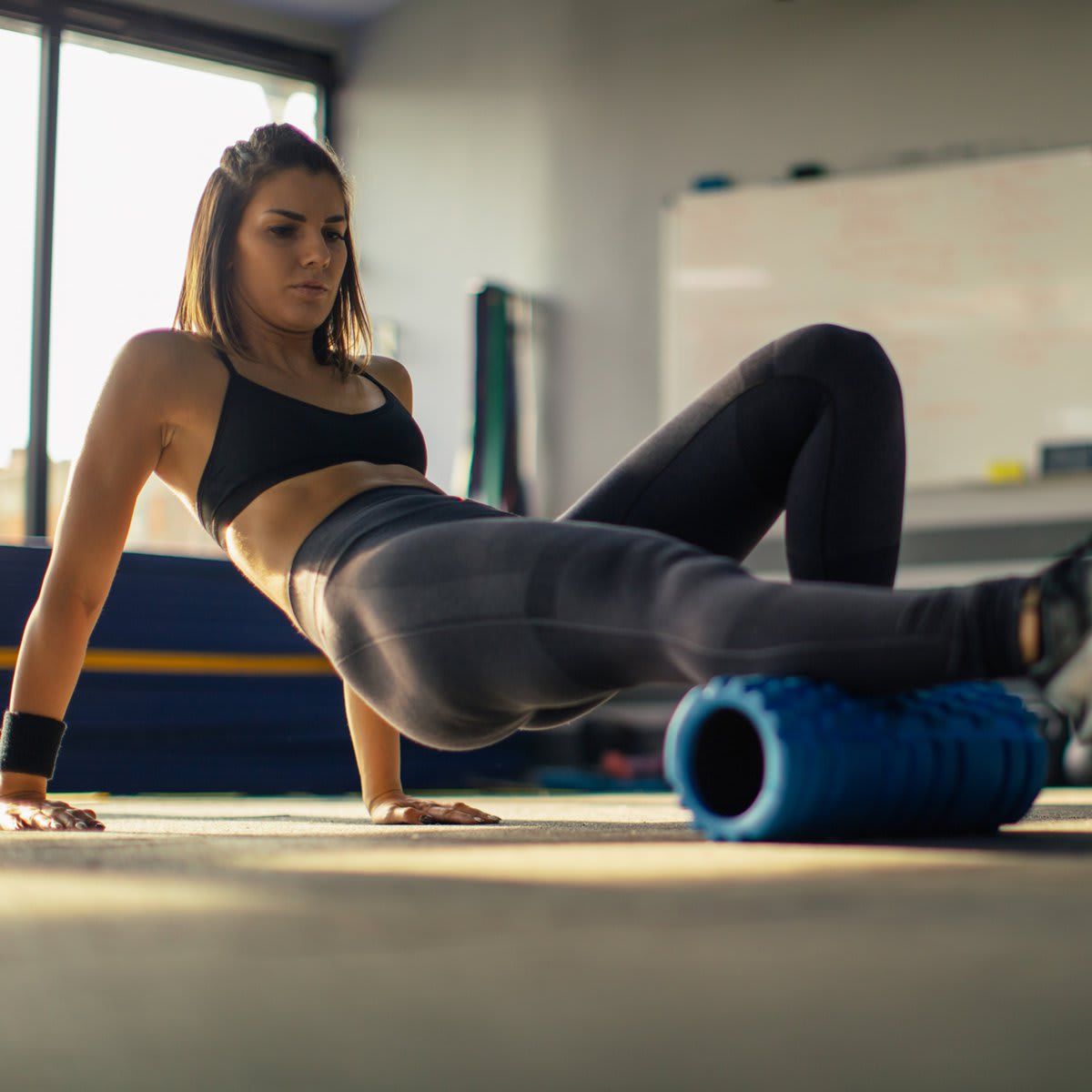You just finished a tough workout, ate your post-workout meal, and are ready to go about your day. While those two steps are necessary after a tough workout session, taking a few extra minutes to aid your recovery is also crucial for your muscles.
According to Rodrigo Garduño , founder of 54D, “Muscle mass recuperation is essential when completing a workout routine to avoid muscular rigidity, which could lead to muscular contracture.”
Showing your muscles some love at the end of a strenuous gym session will really help in the long run. “The best way to avoid it is through muscular elongation (stretching) at the end of each training session. Today there are many ways to achieve results on our own without the help of a professional,” Garduño said.
Here are four ways suggested by Garduño to aid your muscles in recovery.
1. Foam roller
This is one of the most common ways to work on your recovery. You can find them in many forms and shapes, they are ideal for post-strength workouts when muscles are stiff and we need to provide release. They can also be used before training if you feel your muscles contracted. This will help loosen the area and avoid any soreness during training. They are easy to use and provide extraordinary muscle stimulus, providing a relaxing massage, as well as helping to stretch and make muscles more flexible.
Generally, most rollers have small spikes that provide pressure in specific areas of the muscle to stimulate circulation. They are also very practical because you can take them with you in your gym bag. They are also really versatile, helping to stretch muscles all over the body; your back, calves, quads, glutes and much more.
2. Percussion Therapy Gun
This electronic device is easy to use and provides professional results. The massagers are calibrated with a frequency that works with continuous movements on the muscle. They generally come with various rubber massage heads that could be used in different areas of the body. This product stimulates blood flow, relaxes the muscles and reduces the risk of injuries. With this device you can work on your own body with just one hand and work on alleviating pain, improving mobility and performing better. It works on a deep muscular level via strong vertical movements, combining the science of amplitude, frequency and torque. These are three essential aspects to work on pain, improving range of motion and stimulating recovery. This is by far my favorite recovery tool,
3. Electrical Stimulation
Another great way to alleviate muscle rigidity after a workout is to apply electric stimulation. This helps generate neuroplasticity working directly with the brain. This treatment has been used for decades by sports doctors and it’s generally complex in its application. Several brands have taken this method to the homes with simpler devices that can be used by anyone. This method combined with physical therapy offers the best results. The biggest challenge for those using them at home is the electrode placement. They shouldn’t be used if you have a pacemaker.
4. Ice Packs
Using ice is by far the most ancient technique of all, but still efficient today. Ice is the biggest ally of any professional athlete. “I have used ice throughout my whole career as a professional athlete,” said Garduño. You can use it in small plastic bags, applied to specific areas or go to the other extreme of filling up a tub with ice cold water and work on larger areas of the body. Ice packs can be used 3 to 5 times a day for up to 25 minutes per area. Gel bags can also work but be careful not to burn your skin when applying them.
,type=downsize)
